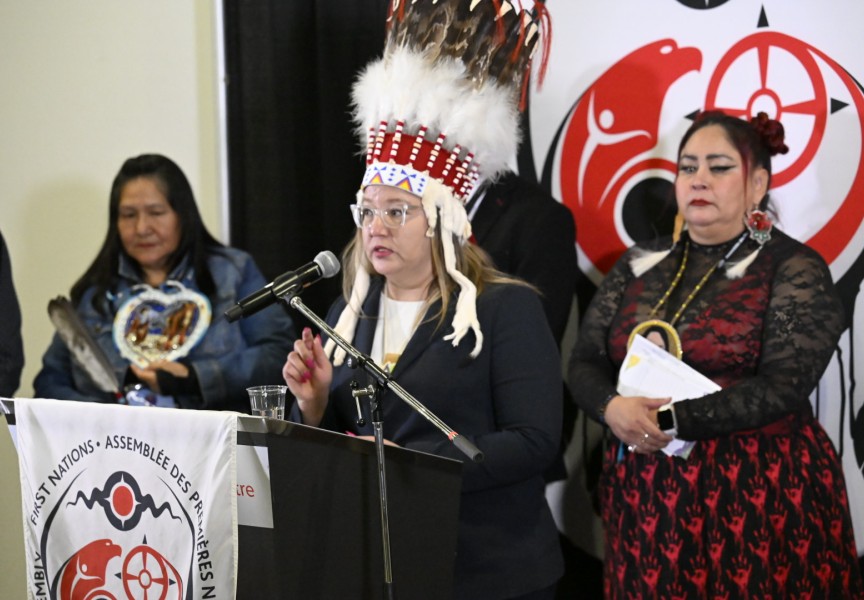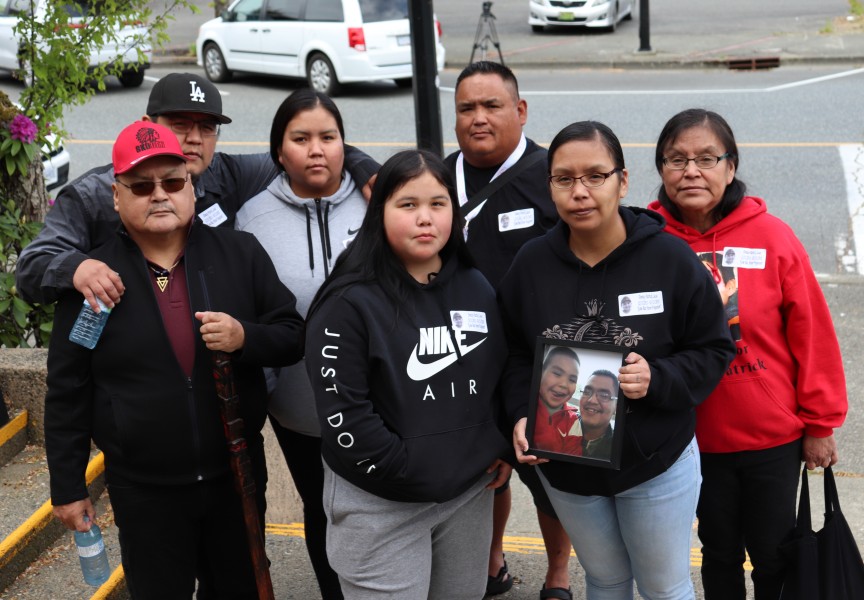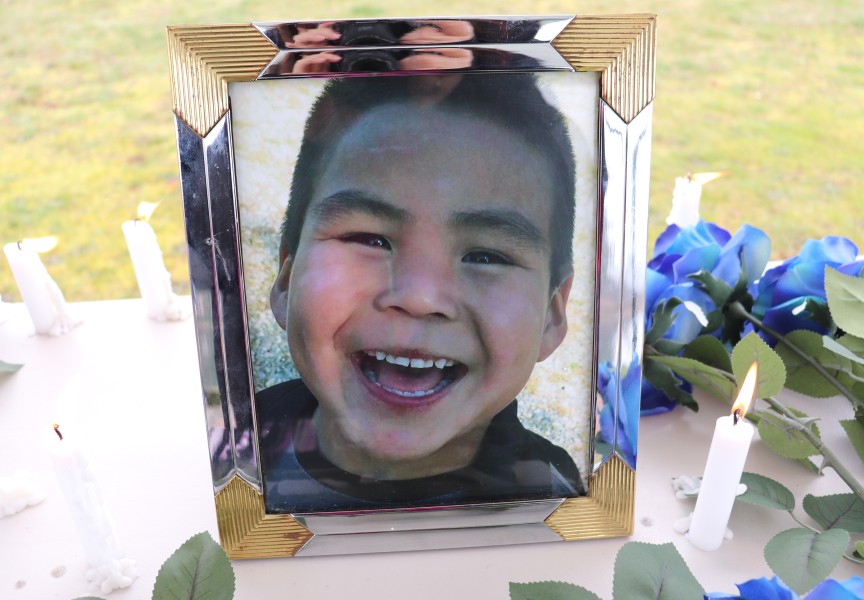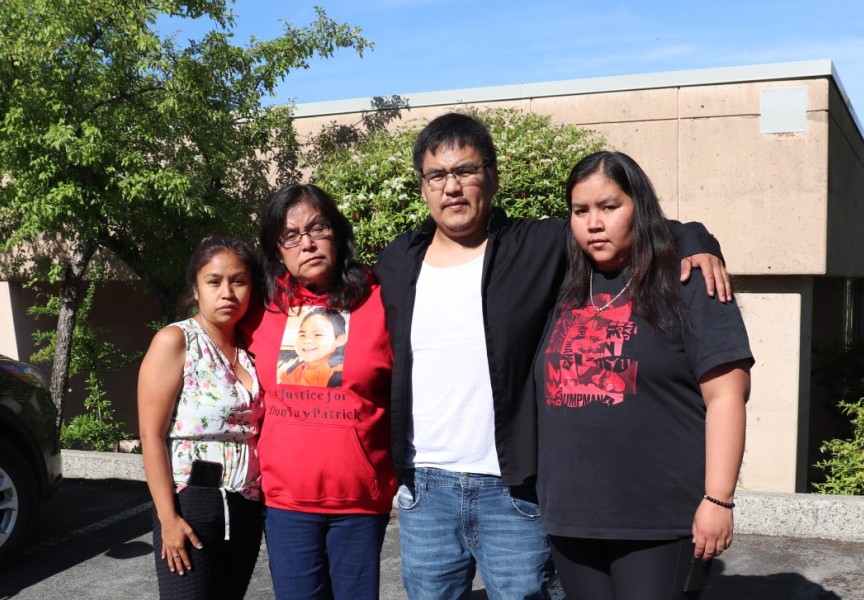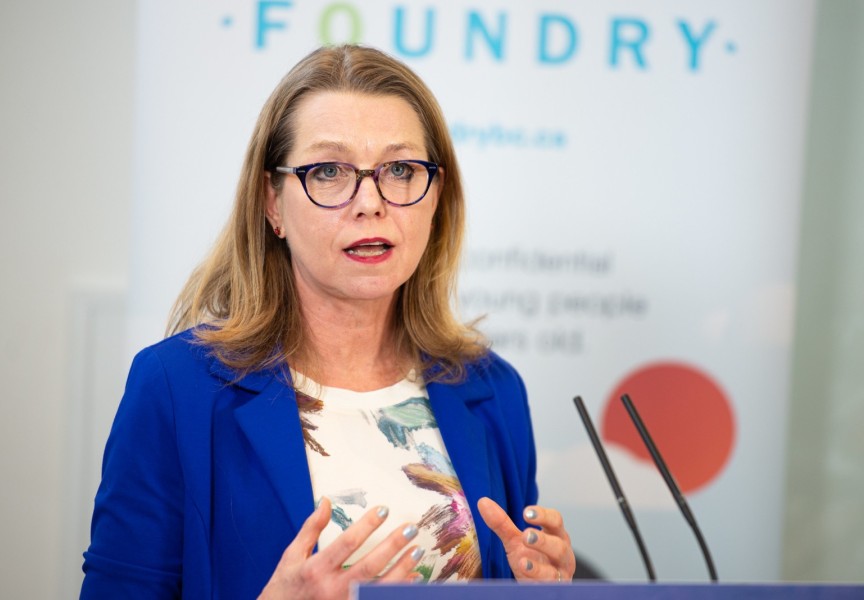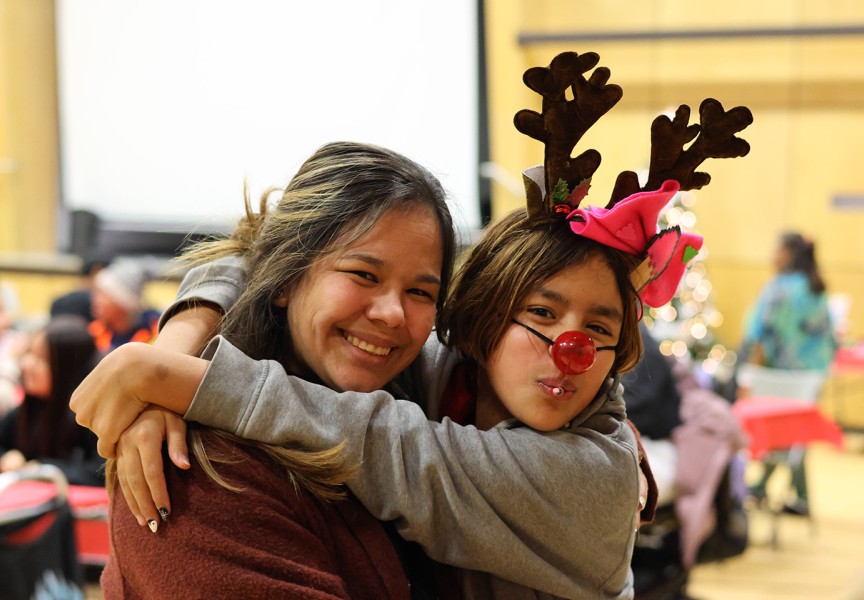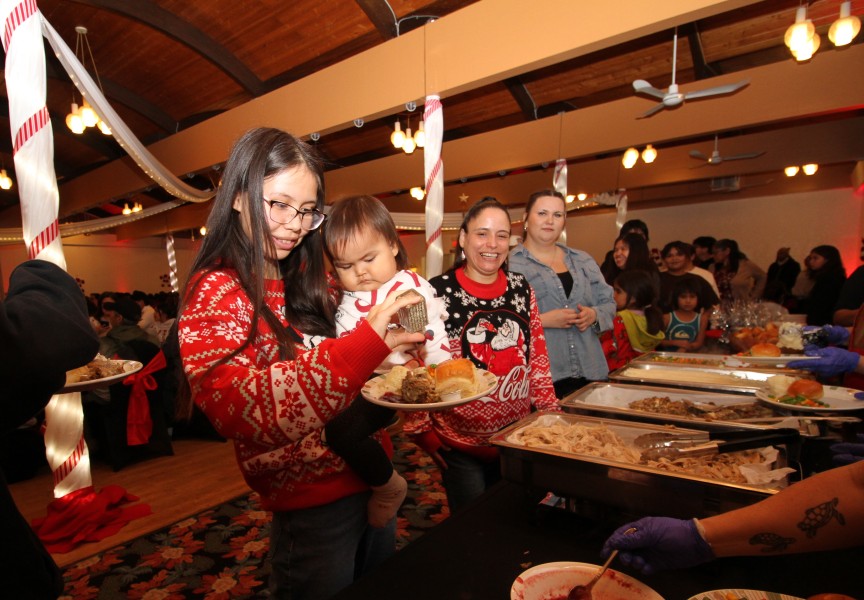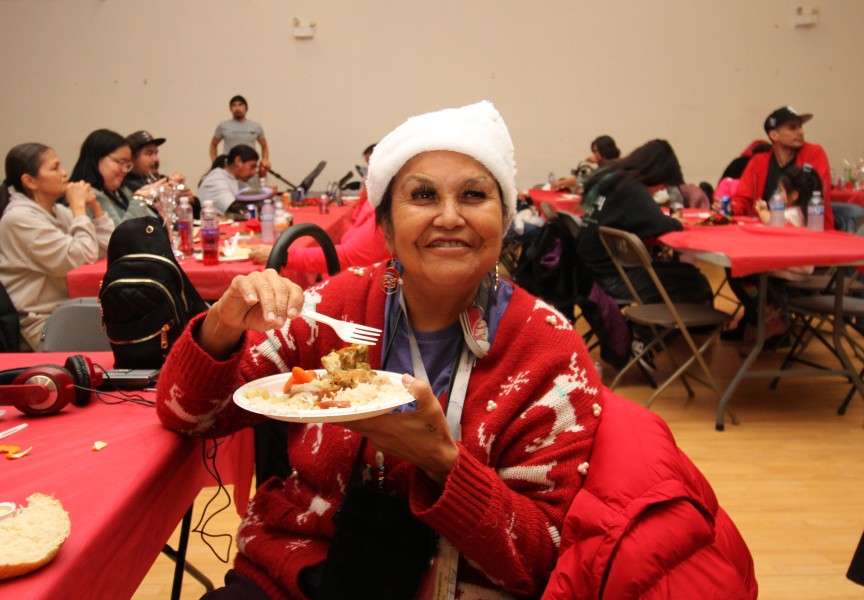A court ruling has put a young Tseshaht girl into the custody of her grandparents, moving one Indigenous child out of foster care, while thousands remain in a system that is being compared to the removal of children during the residential school era.
Judge Alexander Wolf cited the decision as an example of what needs to happen more if the number of Indigenous children in care are to decline, an issue that is particularly relevant on Sept. 30, National Day for Truth and Reconciliation.
“I see many people wearing orange T-shirts that say ‘Every Child Matters’,” wrote Wolf in his decision, which was released Sept. 22. “The fact is, now we have one less Indigenous girl in care. The fact is that there are tens of thousands more to go.”
The judgement from the B.C. Provincial Court places the girl into the permanent care of her Tseshaht grandparents, after she was put under the protection of the Ministry of Children and Family Development since the day she was born. The child is nearly four years old, and the court has protected her identity by calling her “O.I.G.” (One Indigenous Girl) in the ruling.
“There are times when she was with her father, but both parents have had some difficulties,” wrote Wolf in his ruling, noting that although the mother and father wanted to be great parents, a removal was necessary. “The ministry had to remove this Indigenous child because they were worried that she might not be taken care of, because her parents needed to take care of themselves.”
The ruling notes that a child’s First Nation must be notified when the ministry intervenes, but sometimes this is the end of involvement from the Indigenous community.
“Sometimes the First Nation may not have the resources to have any further input into the decision being made that effects the Indigenous child,” stated the ruling. “This was not the case with the Tseshaht First Nation.”
A representative from the First Nation came to court appearances, including hearings that were held May 25, 26, and Sept. 21 and 22 to decide the custody of the young child. The Tseshaht representative stressed that “Indigenous children need a cultural connection,” and that the youngster would be best to remain in her First Nation’s home territory. OIG has one Indigenous parent and one non-Indigenous parent, according to the court record.
Wolf said that it became clear that the girl’s grandparents would be the best home for her.
“In this litigious journey, it became apparent to all that this little Indigenous girl is surrounded by love and support,” wrote the judge. “Everyone agrees that she needs to spend as much time as possible with her mother and father, when they are able.”
He added that the youngster is being put in the custody of her grandparents “Not because her parents do not love her. To the contrary, she is permanently transferred into the custody of her grandparents with everyone’s consent because her parents love her. They believe this order is in her best interest.”
Provincial legislation states that a family is the preferred environment for a child to be raised and that attachment to extended family should be preserved whenever possible. This is particularly relevant for Aboriginal children, according to the Child, Family and Community Services Act.
“Indigenous families and Indigenous communities show responsibility for the upbringing and well being of Indigenous children,” states principles listed in the act.
While the issue remains prominent for First Nations, the number of British Columbia’s children in the foster care system has been nearly cut in half over the past 20 years, according to statistics from the Ministry of Child and Family Development. From 2001 to 2021, the number of B.C.’s children in care dropped from 10,049 to 5,259. Over that same period Indigenous children in foster care also declined, falling from 4,273 to 3,548, but to a much lesser degree than other children in the system. This means that as of last year, 67 per cent of B.C.’s children in care were Indigenous.



